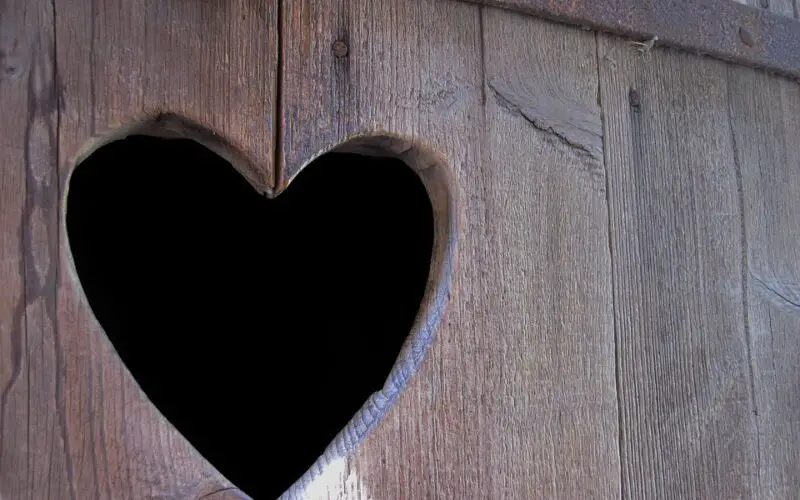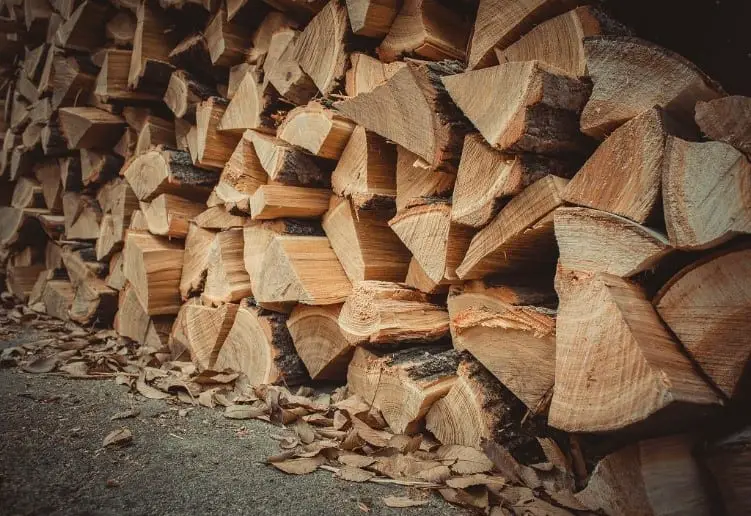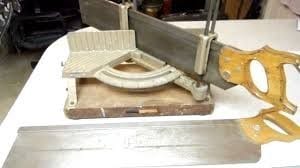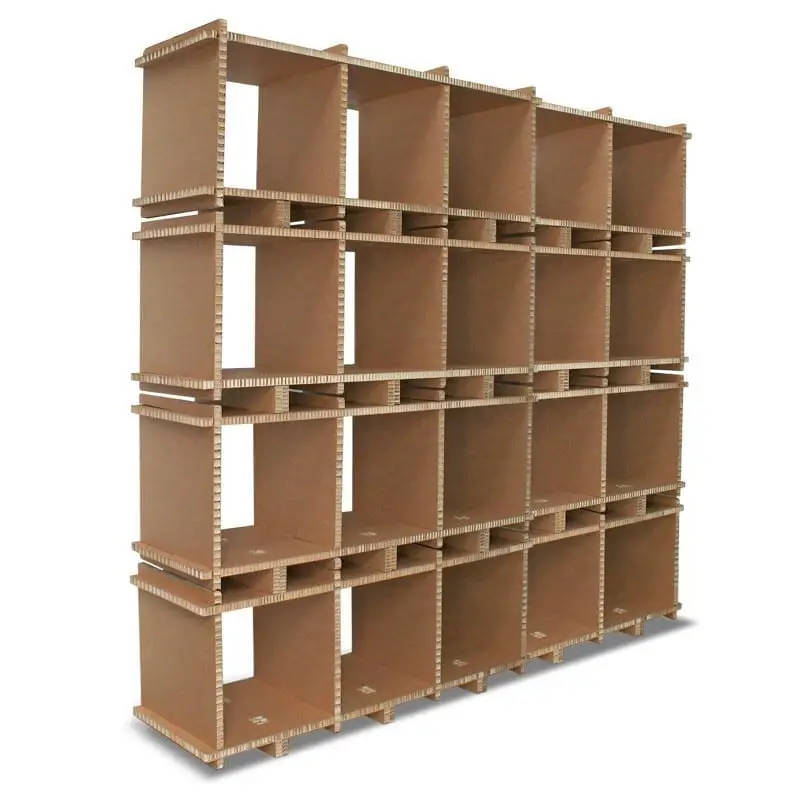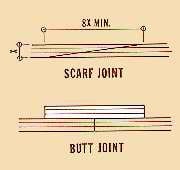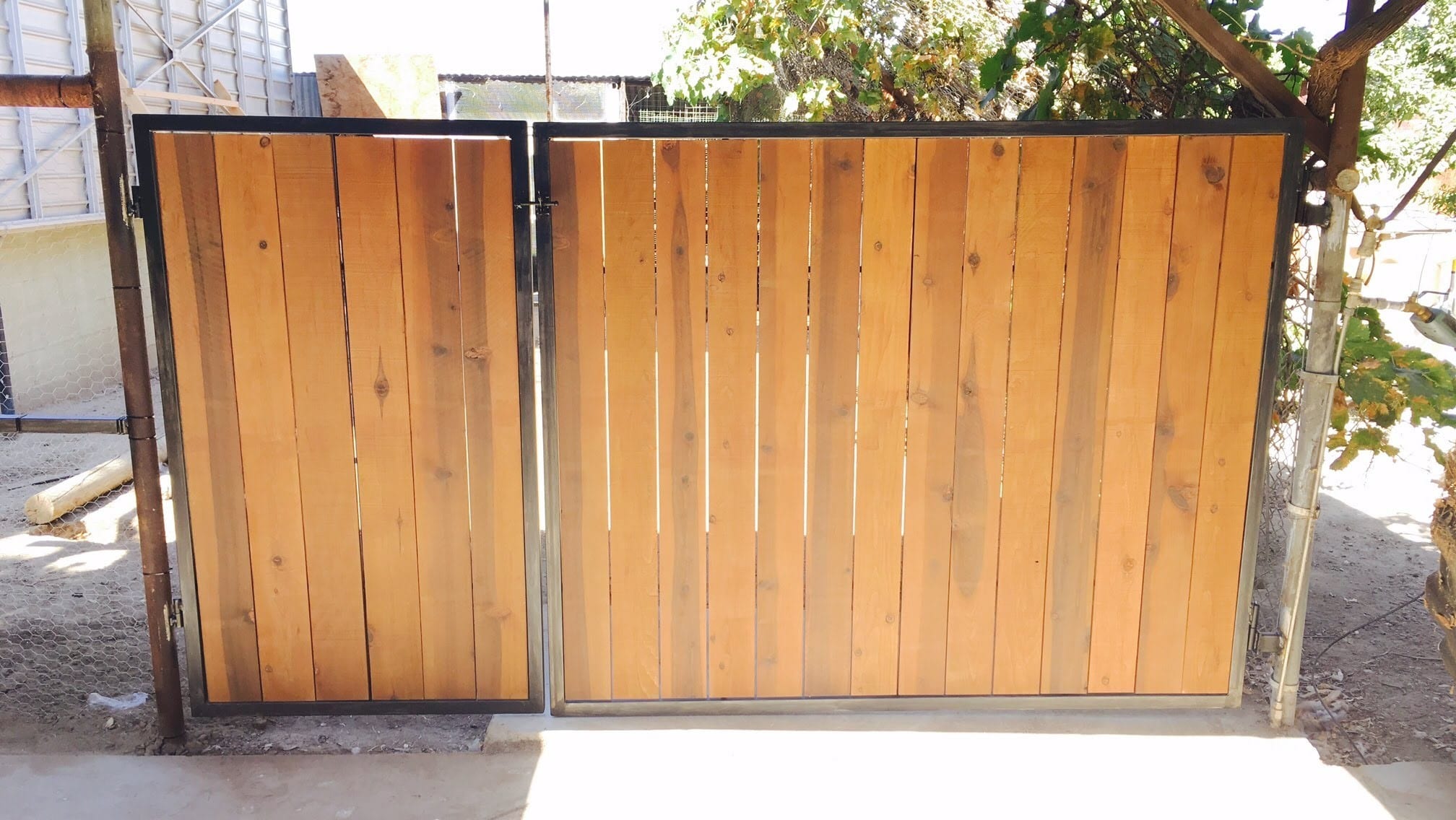Do you have a bunch of kids at home who like to do what children love doing the most – play all the time? Maybe you are the child-at-heart who breaks furniture now and then? Most of the time, this type of breakage leaves the item with big holes and gaps. Keeping the mishap aside, whether you have a fancy table or a small nest for birds, wear and tear will happen sooner or later. This leaves us with the big question- How to fill large gaps and holes in wood!
Since wood is a natural substance, it is predisposed to fractures on its surface, which makes it look awful! Nobody would like a piece of ugly-looking furniture in their home, would they? Moreover, it is not possible to throw away every wooden item that has holes and fractures. Then what is the solution to the big Q- How to fill large gaps and holes in wood? The answer is simple- You can fill in those hideous gaps and holes all by yourself!
We have rounded up 3 methods on how to fill large gaps and holes in wood
Method 1: Wood Glue and Sawdust
How to fill large gaps and holes in wood? Don’t lose your night’s sleep over this problem. Simply use a mixture of wood glue and powdery particles of wood to repair any kind of fracture.
This is a great method of filling the biggest of holes. Additionally, it works well for holes that go all the way through the wood and the ones that don’t.
You just have to cover the hole with a dense layer of wood glue and load it up with sawdust. To make it even more strong, seal it with another thick layer of wood layer.
If you feel, the hole could still reopen, make a homemade paste comprising of sawdust and a lot of wood glue. Make sure the amount of wood glue and sawdust is in equal proportions.
A little piece of advice- Simply ensure that the sawdust and wood glue is the same dye as the original piece of wood. The best part is, you can sand and paint once the sawdust has dried completely.
Advantages:
- Suitable for all sizes of holes
- Dries up fast
- Easy to sand and paint
Disadvantages:
- Using the proper proportion of sawdust and glue is a must otherwise it can go wrong
- It is hard to stain wood glue
- There is a possibility of shrinking once it dries
How to do it?
- If the hole is going all the way through the wood, seal it with a thin piece of cardboard or wood on the bottom.
- Always mix up equal parts of both the ingredients and mix them properly.
- Fill the hole with the mixture, wait for it to dry, then sand and paint it.
Method 2: Wood Filler
If you are still searching on Google- ‘ How to fill large gaps and holes in wood’, we have another method for you! If your furniture has medium-sized holes, go for wood filler, as it has a medium thickness. Wood filler, which has a medium viscosity, is an excellent choice for medium-sized holes. The wood filler normally comprises epoxy, polyurethane, or clay. Wood fibers are also added for good results. Keep in mind that wood filler doesn’t hold up well in outdoor conditions. Use an extra adhesive to seal it off afterwards if the wooden furniture is kept outside.
On the other hand, wood filler is extremely useful for filling holes that don’t pierce the wood all the way through. It has a runny consistency. Wood filler dries up quickly and can be sanded and painted. Moreover, it can be varnished and cleaned easily.
Advantages:
- Sandable and paintable
- Easily dries up
- Quick and easy to use
- Good for medium-sized holes that don’t pass through
- Many varieties available in the market
Disadvantages:
- Not suitable for outdoors
- A lot of sanding is required
- Sometimes requires a layer of adhesive for proper sealing
- It may not work well for large holes
How to do it?
If the hole goes all the way through the wood, use some extra wood or excellent tape to seal the backside. Wash the surface with coarse sandpaper. Now, fill in the hole with wood filler and wait for it to dry. It can be sanded and painted now.
Seal the backside with extra wood or excellent tape, if the hole is going all the way through the wood.
Method 3: Wood glue and dowels
Using wooden dowels and wood glue is a creative solution to fill massive gaps in the wood. This method is ideal for huge, cylindrical holes, such as those formed by a power drill or drill press that was far too enormous. Dowels are most suitable for loading circular holes that are relatively in-depth and narrow. You simply have to cut the dowel to the required measurement, cut it to allow the wood glue to stick, wrap it in adhesive, and set it into the gap.
Using wooden dowels and wood glue is a creative solution to fill massive gaps in the wood. This method is ideal for huge, cylindrical holes, such as those formed by a power drill or drill press that was far too enormous. Dowels are most suitable for loading circular holes that are relatively in-depth and narrow. You simply have to cut the dowel to the required measurement, cut it to allow the wood glue to stick, wrap it in adhesive, and set it into the gap.
This method is most suitable for long, cylindrical holes, but it can also be used on slightly wider holes.
Advantages:
- Quick and easy
- Wood glue dries up quickly
- Might be sanded and painted once properly dried
- Suitable for long cylindrical holes
- Economical
Disadvantages:
- Wood glue might shrink as it dries up
- Wood glue is difficult to stain
- Best only for long and cylindrical holes
How to do it?
- Seal the backside of the hole with tape if it goes all the way through.
- Decrease the size of a wood dowel to the preferred length
- Cut the dowel a few times along its length to allow the glue stick, and then cover it in adhesive.
- To spread the glue, insert the dowel into the gap and rotate it a few times. If some gaps are still left, fill it up with glue.
- Allow it to dry before sanding and painting it.
How to fill large gaps and holes in wood, is not such a difficult question, as you may know now. Which method you use is mostly determined by your requirements. It may also depend on the size and shape of the hole in question.
